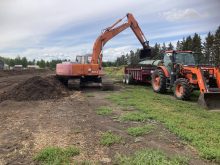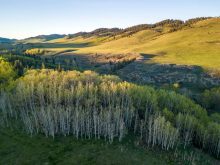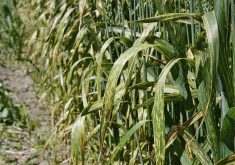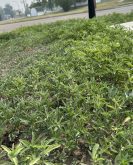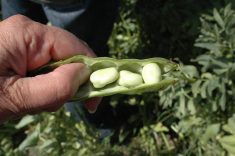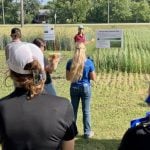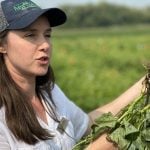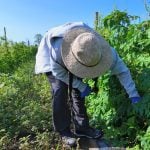It’s said that during the 1920s and ’30s, some Eastern European immigrant farmers in this area were not pleased by visits from RCMP officers telling them to stop growing their source of cooking oil.
The same must have been true for a rope manufacturer in Manitoba, who lost its raw material when the cultivation of hemp – also known as marijuana – was declared illegal under the Narcotics Act of 1923.
But varieties low in THC, the hallucinogenic compound sought by smokers, are again legal in Canada. Dr. John Vidmar, program leader and scientist with Alberta Innovates Technology Futures, is part of a team growing and researching hemp to make biomaterials. And probably like the early settlers, they are using varieties from Eastern Europe.
Read Also
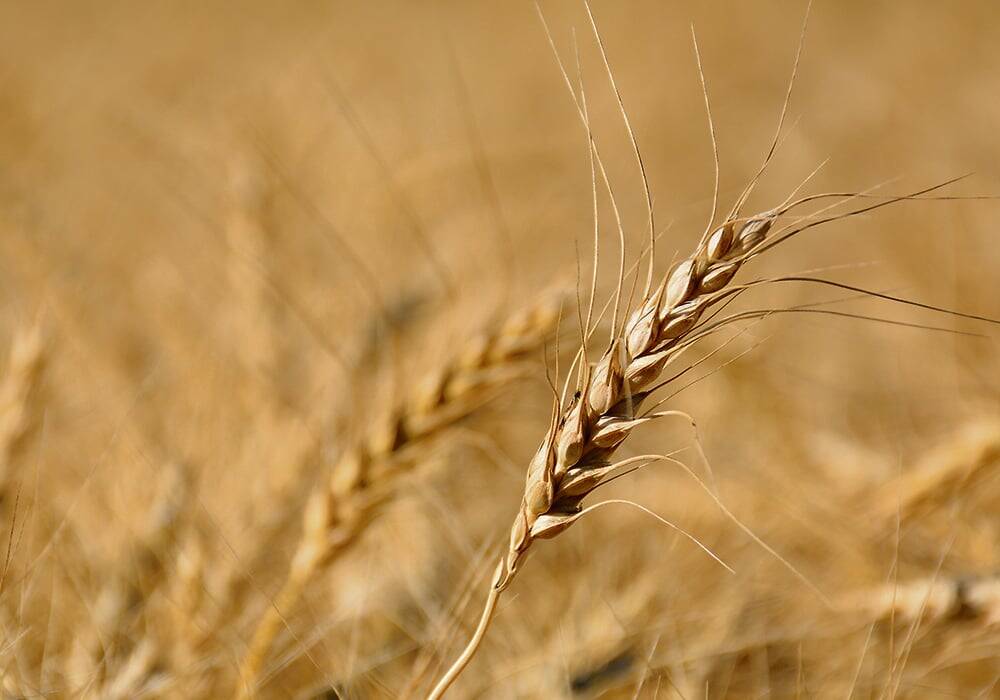
Low yield allowance adjusted to support farmers in Alberta
Alberta farmers can move more quickly to salvage poor crops for feed, after the federal and provincial governments announced increases to AFSC’s low yield allowances for the 2025 crop year.
Since many varieties of hemp contain hallucinogenic compounds, there are restrictions for growers. Anyone growing hemp, even in a research capacity, must get a permit from Health Canada and undergo a screening by the RCMP.
The line of hemp grown on the Vegreville research plot is an industrial variety that has THC lower than 0.3 per cent.
The project began about eight years ago. Vidmar said the team was looking for a plant biomass producer that grew well in temperate climates. Hemp was chosen because it contains both long-and short-fibre types. The longer fibre is the one historically used in textiles, ropes and sails. Shorter fibres are less valuable but can be used for textiles or pulp.
The use of hemp as a fibre decreased dramatically once nylon was invented. “Basically, it was an industrial decision that changed rope and other things from a renewable resource to a non-renewable resource,” Vidmar says.
Northern adaptation
Vidmar and Dr. Jan Slaski brought their variety of hemp to Canada from Poland a few years ago. The variety, called Silesia, has recently been registered and is specifically adapted for northern Alberta.
“Most of the lines that are registered and used in Canada were developed in Manitoba and Ontario. We’ll just say it’s a little different in temperature and soil moisture,” Vidmar says.
The research team looked at a number of different varieties across Canada before choosing Silesia. The group was looking for a variety with high production of biomass, and high cellulose level. That determines the quantity and quality of fibre that can be taken from the plants.
“This line, compared to the 12 other lines we’ve tested over the years, is about 50 per cent more cellulose per hectare, not per plant. It’s about 10 tonnes per hectare and a good proportion of that is cellulose, which is our major determinant on this type of work,” Vidmar says.
The research group has found the separation of the long hemp fibres from the small hemp particles is the most cost-prohibitive part of the process of making fibre for industrial use. Researchers are working to develop plants with a modified component so this process is easier. The plants will still be strong, but it will be easier to separate them, Vidmar says.
One part of the research involves looking at male and female plants and their characteristics. Male plants are needed for the pollination process, but after that, the female plants can survive quite well on their own. The fibre quality of male plants deteriorates rapidly after they have released their pollen. As a result, researchers are working to develop male and female flowers on the same plant, which will help raise fibre quality and uniformity.
The Vegreville team is part of a pan-Canadian trial team from across the country. For the past few years, hemp fibre trials have been conducted in Quebec, Ontario, Manitoba and Alberta.
———
“Most of the lines that are registered and used in Canada were developed in Manitoba and Ontario. We’ll just say it’s a little different in temperature and soil moisture.”
JOHN VIDMAR
AITF




